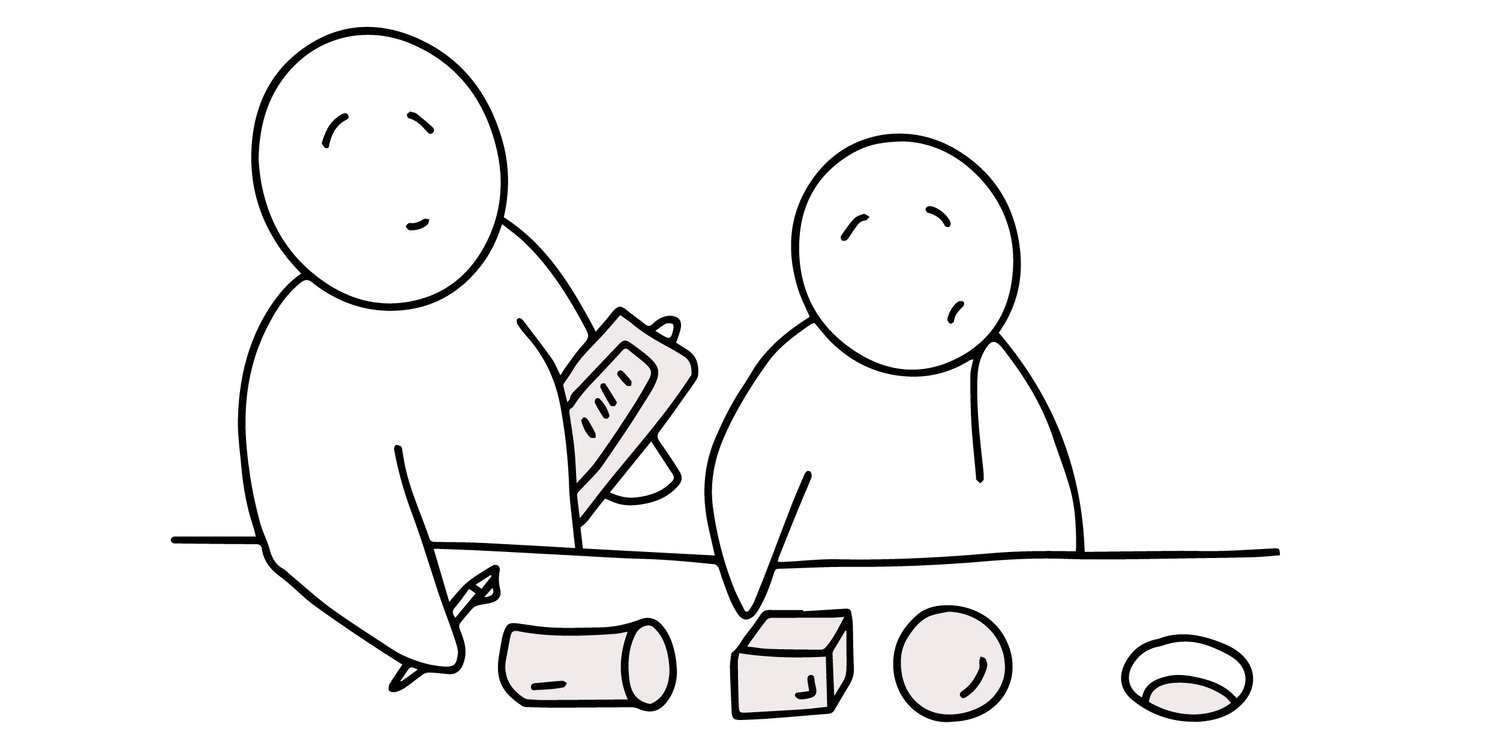Your innovation needs to fail
Key Insights
Failure is essential criteria for innovation.
By failing early and often, we can rapidly prototype our ideas and learn from our mistakes.
Leaders need to share their failings openly, be willing to take risks and learn from their mistakes.
Employees need to feel safe and have processes in place to allow them to learn, without being punished.
Ideas need to be tested, and prototyping is key to failing quickly and cheaply.
Customers need to be central to the process of testing to prove or fail our concepts.
You’re never going to achieve anything, unless you keep failing.
Innovation is essential for any organisation that wants to stay relevant and grow. We can all agree on that. But as hard as it is to swallow, effective innovation doesn't happen without failure. In fact, it’s one of the most important criteria. But throw in a significant amount of money, responsibilities to employee job security, a board of directors looking for results, and customers to keep happy, and I can imagine that embracing the need to fail is the last thing you want to hear. As a business leader, however, it’s your best option.
Failure is an essential part of innovation and growth. By failing early and often, we can rapidly prototype our ideas and learn from our mistakes. Experimentation is key to finding new solutions, and play is essential to the creative process. Through failure, we can learn what doesn't work, and find new ways to move forward. In today's business world being able to innovate quickly is key to being adaptive, staying on top of constantly shifting, competitive environments, and taking advantage of new opportunities as they arise. These are the measures of success that separate those organisations who are just staying afloat, from those who are navigating forward, strength by strength.
But innovation doesn't come easy - it often requires taking risks. And that means embracing failure - not running from it. That's why it's so important for organisations to create an internal culture of innovation. Strong leadership that nurtures psychological safety, understands the importance of the prototype, and is focussed on product and service development that starts and ends with the customer, are the key ingredients which organisations need to see this fail-focussed growth mindset flourishing within their workforce.
Let’s take a closer look at a few crucial aspects relevant to establishing the type of culture where failing is not a taboo.
Leaders share their failings openly
Leaders play a crucial role in setting the tone for the organisation. They need to model the behaviour they want to see from their employees. This means being open to new ideas, willing to take risks, and quick to learn from their mistakes. Most importantly, they need to do this openly and transparently. By being seen to ‘practice what they preach’ and instilling these values in their organisation, leaders can create an environment where innovation can thrive. As mentioned, when it comes to innovation, failing is an essential part of the process. This may seem counterintuitive, but research has shown that leaders of organisations who encourage their employees to take risks and embrace failure are more likely to be successful in the long run. Why? Because innovation requires people who are open-minded and willing to explore new possibilities and uncertainties. It’s their leaders who employees look towards for guidance and security to understand just how far the boundaries around safety extend. Employees need to feel psychologically safe in order to take risks. When leaders create an environment where it's okay to fail, employees are more likely to experiment and come up with new ideas. And when those ideas don't work out, they can be quickly scrapped and replaced with something better. As a result, failing becomes a valuable learning opportunity that helps organisations grow and stay ahead of the competition.
People feel safe to fail
This learning mindset is key. Too often, we see organisations punish employees for failing, instead of helping them to learn from their mistakes. This creates a fear of failure that stifles innovation. We need to change this mindset and view failure as an opportunity to learn and grow. Psychological safety is essential for innovation to thrive. Employees need to feel safe to experiment and take risks, knowing that they won't be punished for failing. This requires strong leadership that sets the tone and creates an environment through education, processes and encouragement, where everyone is learning from their mistakes. When failure becomes an important part of the growth process, it no longer becomes a risk to the company but a springboard from which to move forwards. As psychologist and leadership expert Brené Brown writes, "In order to deal with the vulnerability of playing big, we have to cultivate a 'resilience mindset.' Instead of thinking 'What if I fail?' we need to shift to 'What if I succeed?'"
Use prototyping to learn to fail quickly and cheaply
Many people see failure as something to be avoided at all costs. However, in the world of innovation and creativity, prototyping is actually an essential tool we adopt allowing us to fail and learn about our concepts. Simply having ideas is not enough. We need to take action and experiment. We can not innovate through ideas and concepts alone, we need to make prototypes that can be tested quickly by our target user, easily and cost-effectively, so that mistakes can be made and problems quickly identified before they become a liability to the organisation.
Prototyping our ideas is therefore essential for innovation. We are forced to experiment and learn from our mistakes. By taking action and through ‘trial and error’, we can quickly and easily test concepts to see if they work in the real world. This allows us to identify problems early on and make necessary adjustments. It also allows us to learn from our mistakes so that we can improve our chances of success in the future. Most importantly, prototyping shows us firsthand how our customers actually respond to our ideas and concepts by using a tangible product, limiting our reliance on assumptions and de-risking our innovation in the process.
The customer is the central focus
Some people see failure as a negative thing, but in the world of product and service development, it is essential. Without failing, we cannot learn and improve. Each time we fail, we get one step closer to success. We learn what doesn't work and we can adjust our plans accordingly. Our customers are an important part of this process. They are the ones who will ultimately use our product or service, so their feedback is crucial in helping us determine what does and doesn't work.
This is why organisations who adopt customer-centric development processes are more likely to achieve project success and maintain longterm growth. Human-centered design (HCD) is all about putting the customer at the center of everything we do. Through HCD we gain a deep understanding of their needs and desires, and are able to design solutions that meet those needs. HCD starts with research and listening to what customers have to say. Then it's about testing, failing, and iterating until we get it right - for the customer. Only through this process of experimentation can we truly innovate and create products and services that people will love.
So - get out there and fail fast!
The key to successful innovation is to fail fast and cheap, to experiment often, and make small mistakes that we can easily learn from. When we embrace failure and view it as a learning opportunity, we open ourselves up to limitless possibilities for growth. It is only through taking risks that we can truly push the boundaries of what is possible. So if you want to build an innovation culture in your organisation, don't be afraid to fail.
Shannon has worked nationally and internationally to improve visual communications with a broad range of brands across education, consultancy, performance automotive, and tech. You can’t innovate if you can’t communicate, which makes Shannon’s creativity and her facility with visual language essential to the work we do at WAVE.
Get in touch
If you need a proven methodology to identify and solve problems, creating a culture of innovation along the way, we are here to help. We’d love to talk more about what you need and how we’ve helped in similar situations.







